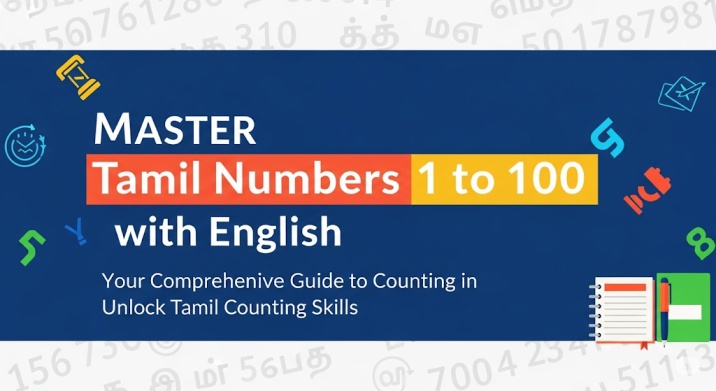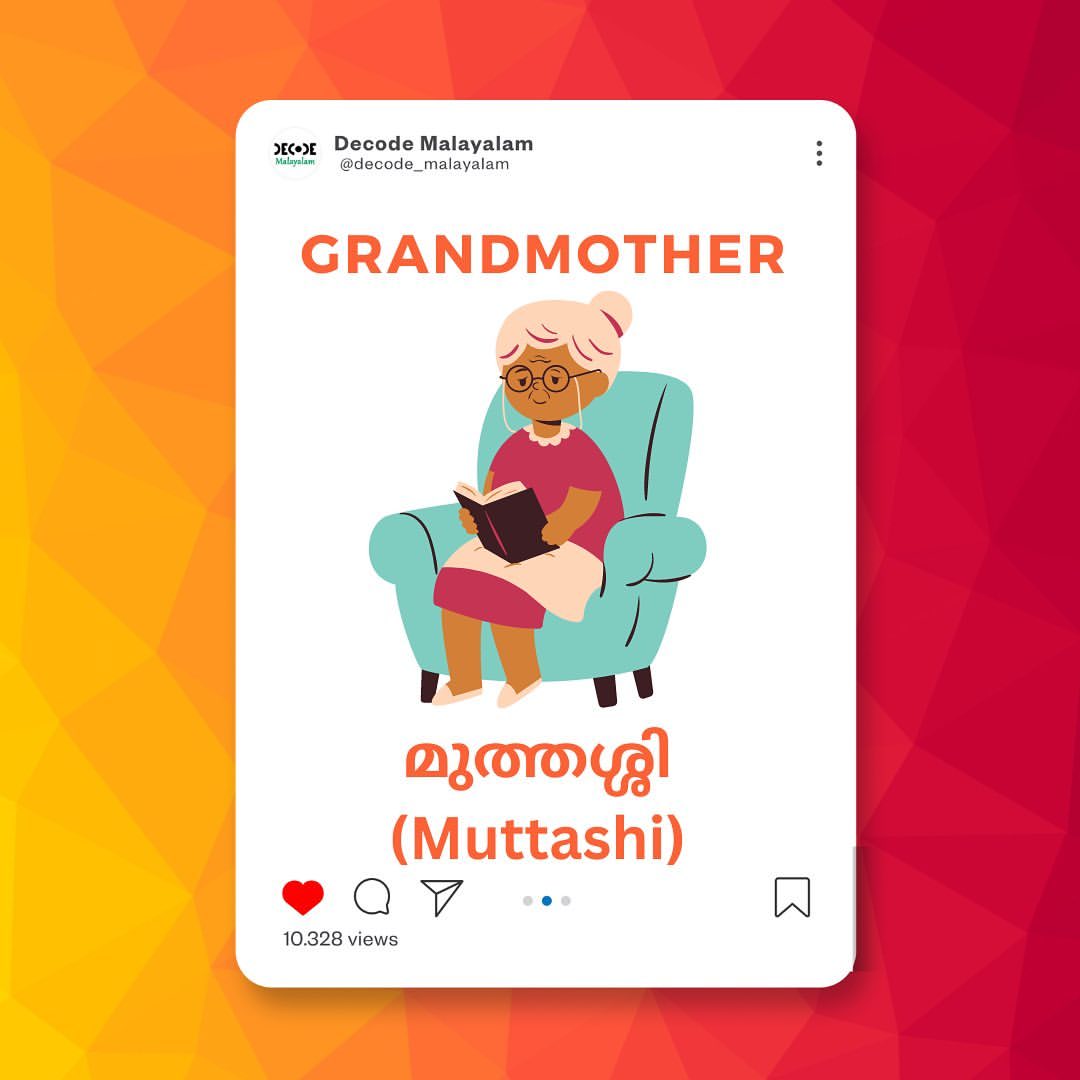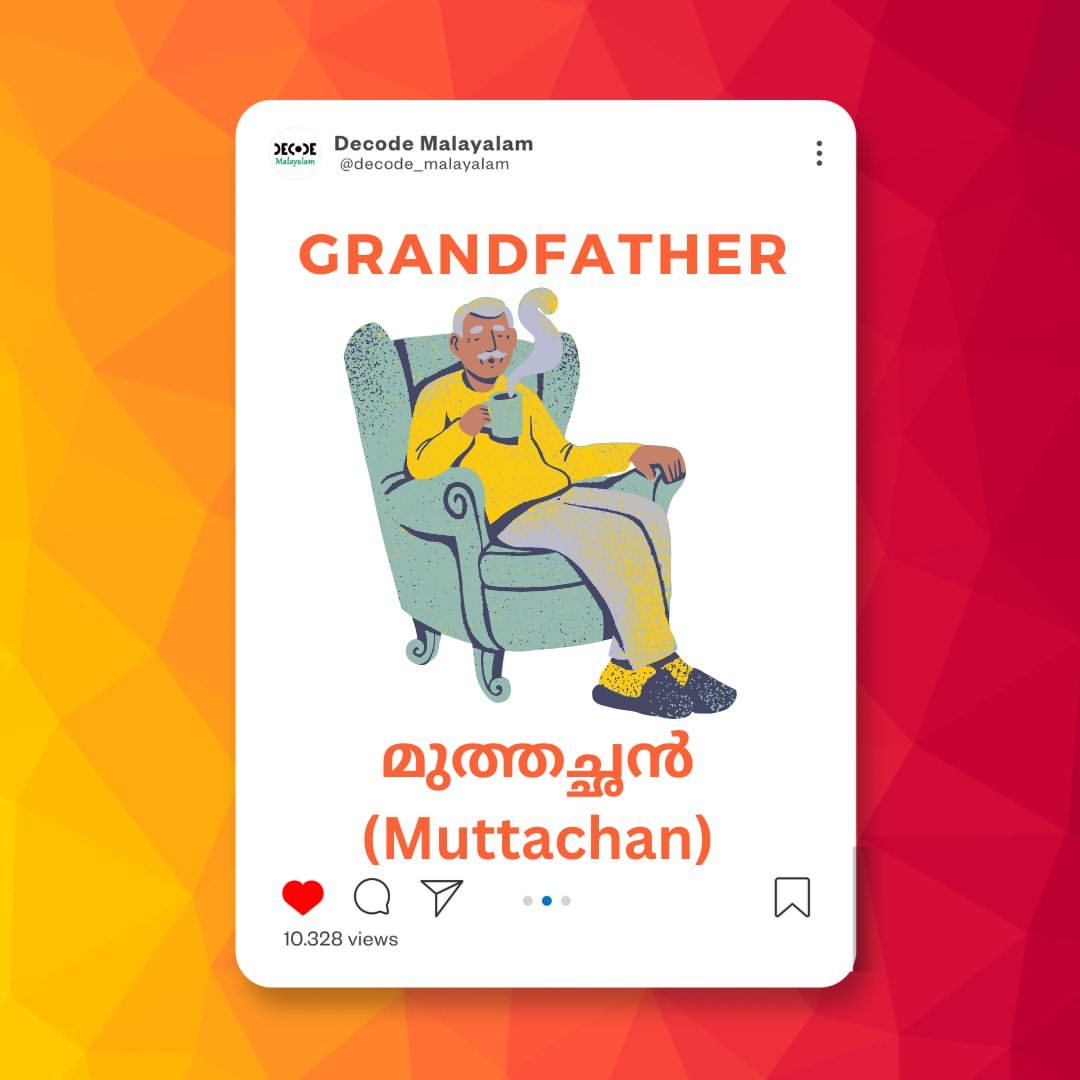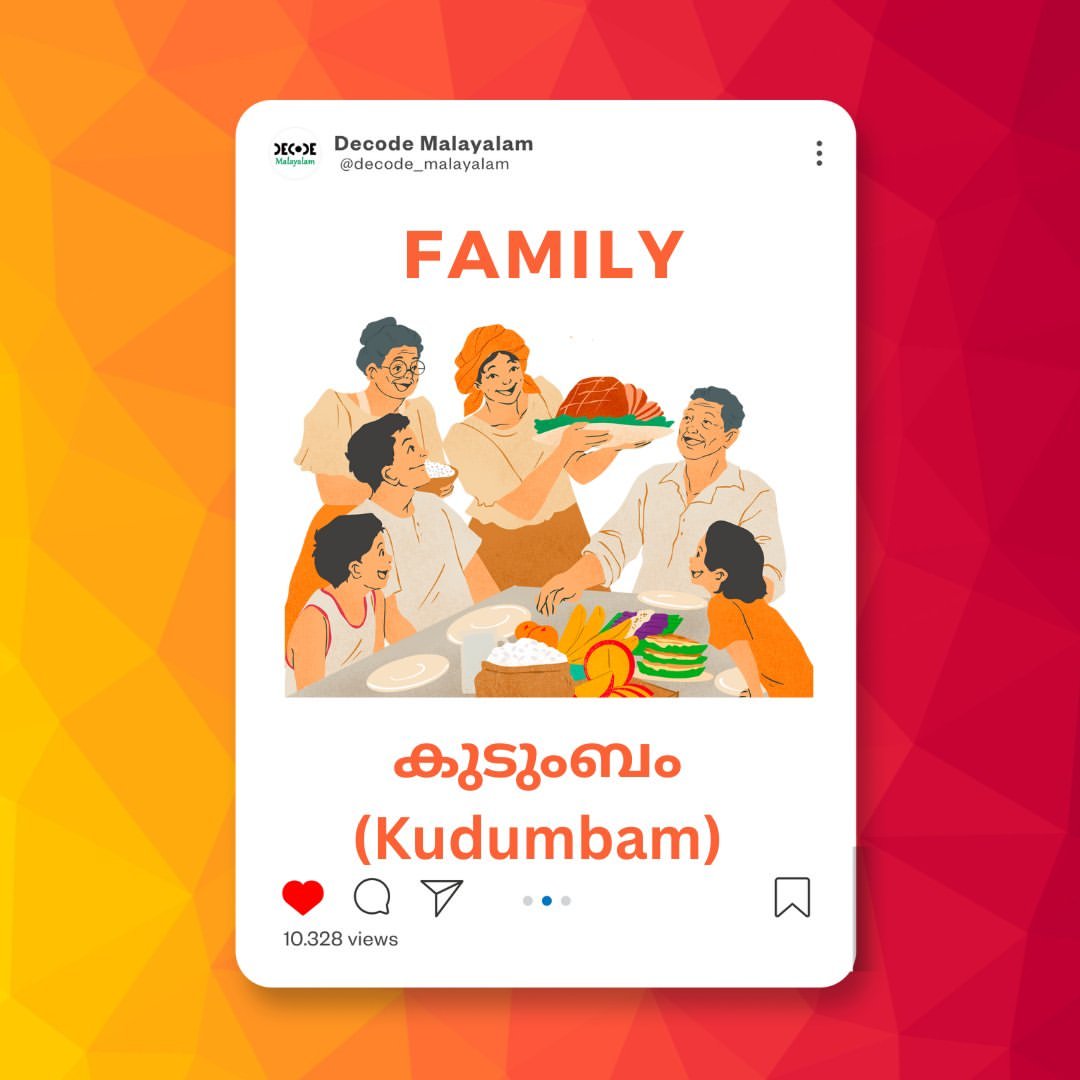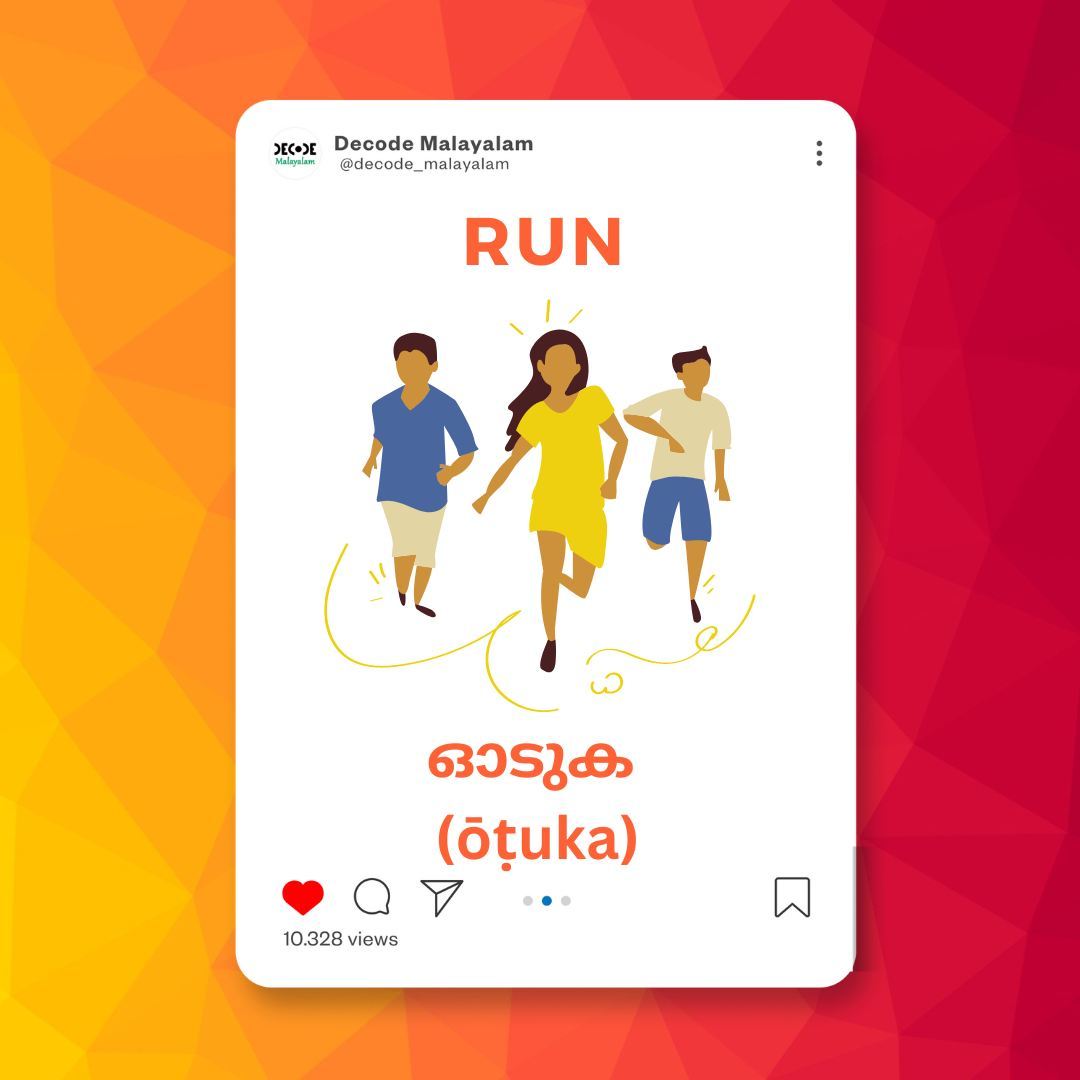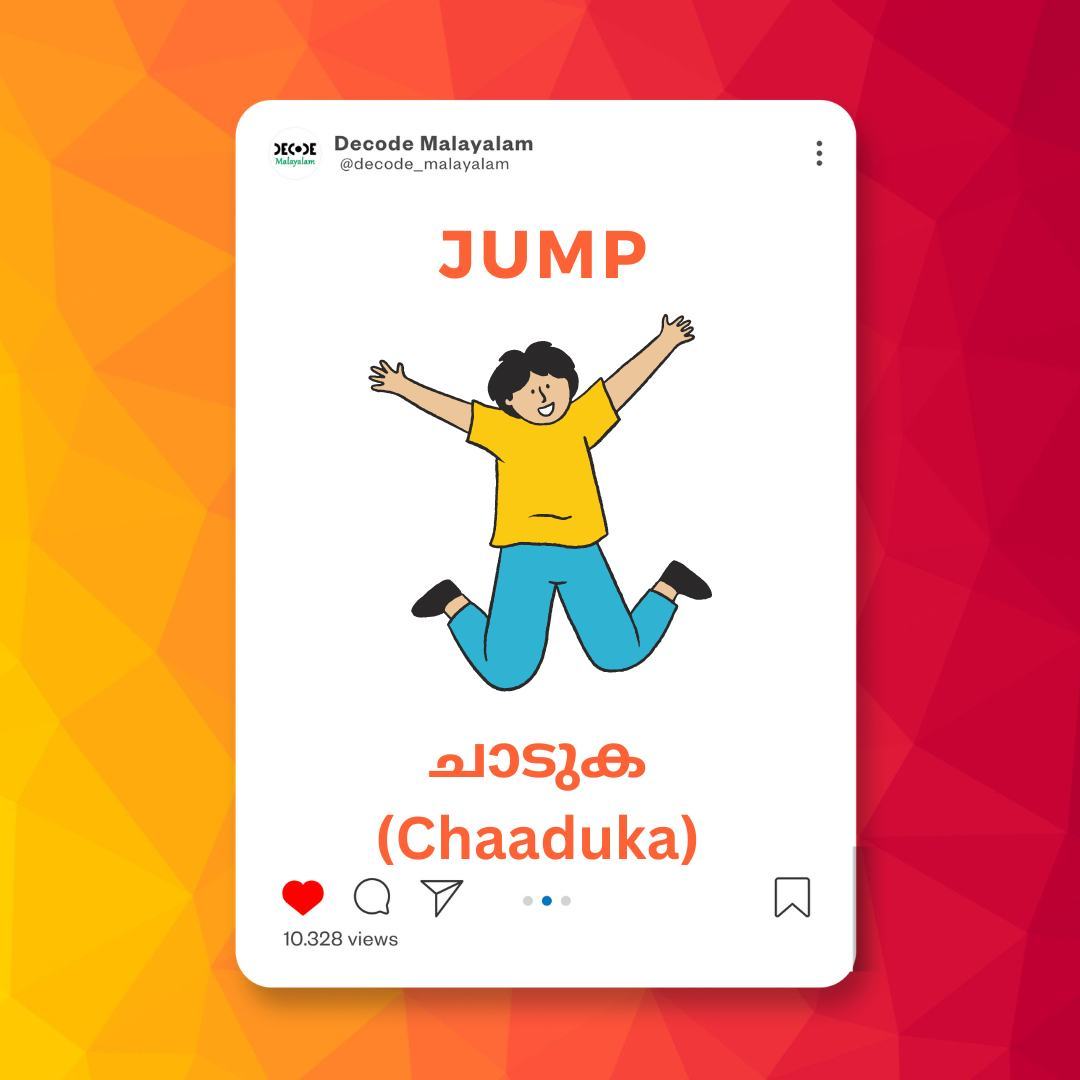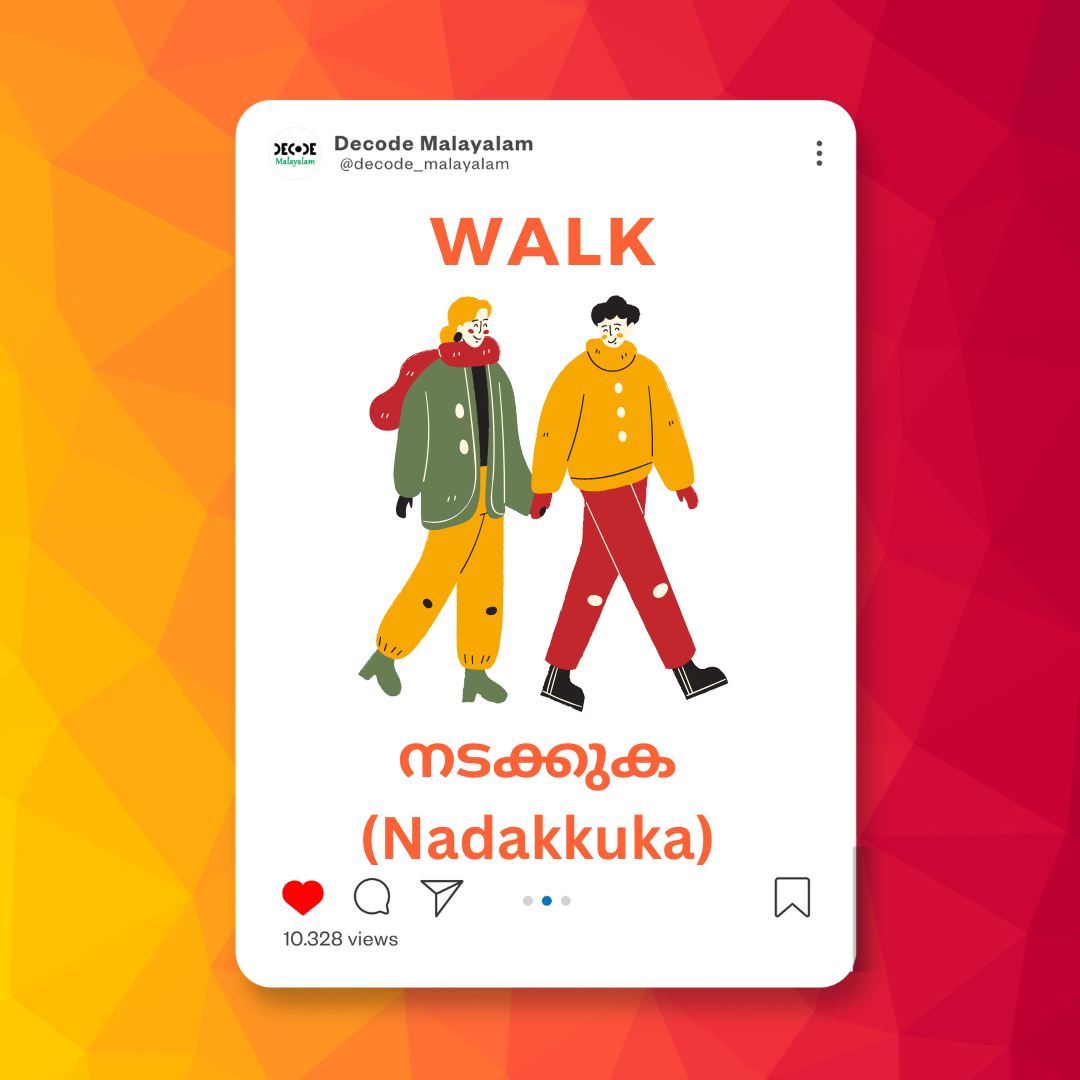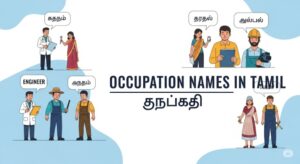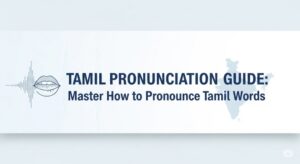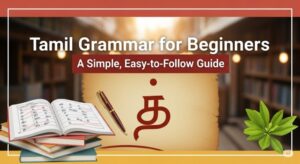Vanakkam! 👋 Are you a student starting your journey to learn Tamil? Or are you a Tamil diaspora kid keen to connect with your roots? Perhaps you’re just curious about one of the world’s most ancient languages. Whatever your reason, mastering Tamil numbers 1-100 is a crucial and rewarding step.
Numbers are the building blocks of daily conversation. From telling the time and asking for a price to counting items or your age, knowing how to count is fundamental. While it may seem daunting at first, the Tamil counting system is logical and follows a predictable pattern, especially once you’ve learned the numbers from 1 to 10.
In this comprehensive guide, we’ll break down Tamil counting from 1 to 100 in an easy-to-understand format. We will provide the Tamil script, the English transliteration for pronunciation, and some handy tips to help you remember them. By the end of this article, you’ll be confidently counting like a native speaker!
The Foundation: Tamil Numbers 1 to 10
Let’s start with the basics. These are the most important numbers to memorize, as they form the basis for all the numbers that follow. Just like in English, where you need to know “one” to “nine” before you can count to a hundred, the same applies to Tamil.
| Number | Tamil Script | Pronunciation (Transliteration) |
| 1 | ஒன்று | Ondru |
| 2 | இரண்டு | Irandu |
| 3 | மூன்று | Moondru |
| 4 | நான்கு | Naangu |
| 5 | ஐந்து | Aindhu |
| 6 | ஆறு | Aaru |
| 7 | ஏழு | Yezhu |
| 8 | எட்டு | Ettu |
| 9 | ஒன்பது | Onbadhu |
| 10 | பத்து | Pathu |
Pro-Tip: The pronunciation of ondru (1) and moondru (3) can be a bit tricky. Remember that ondru has a ‘dr’ sound, and moondru has a ‘ndr’ sound, similar to how it’s written in English.
The Teen Numbers: Tamil Counting from 11 to 20
Now that you’ve got the first ten down, the next set is relatively straightforward. Most of the “teen” numbers are formed by combining the base number with Pathu (10) or a variation of it.
| Number | Tamil Script | Pronunciation (Transliteration) |
| 11 | பதினொன்று | Pathinondru |
| 12 | பன்னிரண்டு | Pannirandu |
| 13 | பதின்மூன்று | Pathinmoondru |
| 14 | பதினான்கு | Pathinaangu |
| 15 | பதினைந்து | Pathinaindhu |
| 16 | பதினாறு | Pathinaaru |
| 17 | பதினேழு | Pathinezhu |
| 18 | பதினெட்டு | Pathinettu |
| 19 | பத்தொன்பது | Paththonbadhu |
| 20 | இருபது | Irupadhu |
Note: Notice the change in 19 to paththonbadhu. The th sound from Pathu is duplicated to make pronunciation easier. 20 is an irregular number and is a new word, Irupadhu, which you’ll need to memorize.
The Twenties: Tamil Numbers 21 to 30
This is where the pattern becomes predictable. To form any number from 21 to 29, you simply combine Irupadhu (20) with the single-digit number.
- 21: இருபத்தி ஒன்று (Irupaththi ondru)
- 22: இருபத்தி இரண்டு (Irupaththi irandu)
- 23: இருபத்தி மூன்று (Irupaththi moondru)
- 24: இருபத்தி நான்கு (Irupaththi naangu)
- 25: இருபத்தி ஐந்து (Irupaththi aindhu)
- 26: இருபத்தி ஆறு (Irupaththi aaru)
- 27: இருபத்தி ஏழு (Irupaththi yezhu)
- 28: இருபத்தி எட்டு (Irupaththi ettu)
- 29: இருபத்தி ஒன்பது (Irupaththi onbadhu)
- 30: முப்பது (Muppadhu)
The pattern is Tens Place + Unit Place. For example, for 21, it’s Irupadhu + ondru. Notice the slight linking sound -ththi between the two words.
Deciphering the Tens: Learning Tamil Numbers 30, 40, 50, and More
Before we continue, let’s learn the key “tens” numbers. These are the building blocks for the rest of the list.
- 30: முப்பது (Muppadhu)
- 40: நாற்பது (Naarpadhu)
- 50: ஐம்பது (Aimpadhu)
- 60: அறுபது (Arupadhu)
- 70: எழுபது (Ezhupadhu)
- 80: எண்பது (Enbadhu)
- 90: தொண்ணூறு (Thonnuru)
- 100: நூறு (Nooru)
Quick Tip: Notice how Arupadhu (60), Ezhupadhu (70), and Enbadhu (80) are variations of their base numbers (6, 7, and 8). For example, Aaru (6) becomes Arupadhu.
Tamil Numbers 31 to 100: The Full Breakdown
Now that you know the pattern and the key “tens” numbers, let’s list out all the numbers from 31 to 100. Remember, the formula is: [Tens Number] + [Unit Number].
The Thirties (31-39)
- 31: முப்பத்தி ஒன்று (Muppaththi ondru)
- 32: முப்பத்தி இரண்டு (Muppaththi irandu)
- 33: முப்பத்தி மூன்று (Muppaththi moondru)
- 34: முப்பத்தி நான்கு (Muppaththi naangu)
- 35: முப்பத்தி ஐந்து (Muppaththi aindhu)
- 36: முப்பத்தி ஆறு (Muppaththi aaru)
- 37: முப்பத்தி ஏழு (Muppaththi yezhu)
- 38: முப்பத்தி எட்டு (Muppaththi ettu)
- 39: முப்பத்தி ஒன்பது (Muppaththi onbadhu)
The Forties (41-49)
- 41: நாற்பத்தி ஒன்று (Naarpaththi ondru)
- 42: நாற்பத்தி இரண்டு (Naarpaththi irandu)
- 43: நாற்பத்தி மூன்று (Naarpaththi moondru)
- 44: நாற்பத்தி நான்கு (Naarpaththi naangu)
- 45: நாற்பத்தி ஐந்து (Naarpaththi aindhu)
- 46: நாற்பத்தி ஆறு (Naarpaththi aaru)
- 47: நாற்பத்தி ஏழு (Naarpaththi yezhu)
- 48: நாற்பத்தி எட்டு (Naarpaththi ettu)
- 49: நாற்பத்தி ஒன்பது (Naarpaththi onbadhu)
The Fifties (51-59)
- 51: ஐம்பத்தி ஒன்று (Aimpaththi ondru)
- 52: ஐம்பத்தி இரண்டு (Aimpaththi irandu)
- 53: ஐம்பத்தி மூன்று (Aimpaththi moondru)
- 54: ஐம்பத்தி நான்கு (Aimpaththi naangu)
- 55: ஐம்பத்தி ஐந்து (Aimpaththi aindhu)
- 56: ஐம்பத்தி ஆறு (Aimpaththi aaru)
- 57: ஐம்பத்தி ஏழு (Aimpaththi yezhu)
- 58: ஐம்பத்தி எட்டு (Aimpaththi ettu)
- 59: ஐம்பத்தி ஒன்பது (Aimpaththi onbadhu)
The Sixties (61-69)
- 61: அறுபத்தி ஒன்று (Arupaththi ondru)
- 62: அறுபத்தி இரண்டு (Arupaththi irandu)
- 63: அறுபத்தி மூன்று (Arupaththi moondru)
- 64: அறுபத்தி நான்கு (Arupaththi naangu)
- 65: அறுபத்தி ஐந்து (Arupaththi aindhu)
- 66: அறுபத்தி ஆறு (Arupaththi aaru)
- 67: அறுபத்தி ஏழு (Arupaththi yezhu)
- 68: அறுபத்தி எட்டு (Arupaththi ettu)
- 69: அறுபத்தி ஒன்பது (Arupaththi onbadhu)
The Seventies (71-79)
- 71: எழுபத்தி ஒன்று (Ezhupaththi ondru)
- 72: எழுபத்தி இரண்டு (Ezhupaththi irandu)
- 73: எழுபத்தி மூன்று (Ezhupaththi moondru)
- 74: எழுபத்தி நான்கு (Ezhupaththi naangu)
- 75: எழுபத்தி ஐந்து (Ezhupaththi aindhu)
- 76: எழுபத்தி ஆறு (Ezhupaththi aaru)
- 77: எழுபத்தி ஏழு (Ezhupaththi yezhu)
- 78: எழுபத்தி எட்டு (Ezhupaththi ettu)
- 79: எழுபத்தி ஒன்பது (Ezhupaththi onbadhu)
The Eighties (81-89)
- 81: எண்பத்தி ஒன்று (Enpaththi ondru)
- 82: எண்பத்தி இரண்டு (Enpaththi irandu)
- 83: எண்பத்தி மூன்று (Enpaththi moondru)
- 84: எண்பத்தி நான்கு (Enpaththi naangu)
- 85: எண்பத்தி ஐந்து (Enpaththi aindhu)
- 86: எண்பத்தி ஆறு (Enpaththi aaru)
- 87: எண்பத்தி ஏழு (Enpaththi yezhu)
- 88: எண்பத்தி எட்டு (Enpaththi ettu)
- 89: எண்பத்தி ஒன்பது (Enpaththi onbadhu)
The Nineties (91-99)
- 91: தொண்ணூற்று ஒன்று (Thonnuru ondru)
- 92: தொண்ணூற்று இரண்டு (Thonnuru irandu)
- 93: தொண்ணூற்று மூன்று (Thonnuru moondru)
- 94: தொண்ணூற்று நான்கு (Thonnuru naangu)
- 95: தொண்ணூற்று ஐந்து (Thonnuru aindhu)
- 96: தொண்ணூற்று ஆறு (Thonnuru aaru)
- 97: தொண்ணூற்று ஏழு (Thonnuru yezhu)
- 98: தொண்ணூற்று எட்டு (Thonnuru ettu)
- 99: தொண்ணூற்று ஒன்பது (Thonnuru onbadhu)
The Final Step: 100
And finally, you’ve reached the milestone of 100!
- 100: நூறு (Nooru)
Practical Applications: Using Tamil Numbers in Daily Life
Now that you know how to count, let’s see how you can apply this knowledge.
Asking for a Price
- How much is this? இது எவ்வளவு? (Idhu evvalavu?)
- It’s 50 rupees. அது ஐம்பது ரூபாய். (Adhu aimpadhu rubaai.)
Telling Time
- What time is it? மணி என்ன? (Mani enna?)
- It’s 10 o’clock. பத்து மணி. (Pathu mani.)
Counting Objects
- I have three books. என்னிடம் மூன்று புத்தகங்கள் உள்ளன. (Ennidam moondru putthakangal ullana.)
- Give me 2 chocolates. எனக்கு இரண்டு சாக்லேட்டுகள் கொடுங்கள். (Enakku irandu chocolate-gal kodungal.)
Practice Makes Perfect!
Learning a new language is a journey, and repetition is key. To master these numbers, try the following exercises:
- Count out loud: Practice counting from 1 to 100 in Tamil every day.
- Use flashcards: Write the Tamil script on one side and the English number on the other.
- Count objects around you: When you’re in a room, try to count the number of chairs, books, or pens in Tamil.
- Listen to Tamil songs or children’s rhymes that involve numbers. They are a fun way to learn the sounds and rhythm of the language.
Remember, every effort you make to learn Tamil, no matter how small, brings you closer to fluently speaking this beautiful language.
You’ve successfully mastered the basics of Tamil counting numbers from 1 to 100. This is a huge accomplishment and a significant step forward in your language learning journey. So go ahead, practice your new skill, and impress your friends and family!
If you have any questions or want to learn about numbers beyond 100, feel free to leave a comment below. Nandri (Thank you) for reading!


